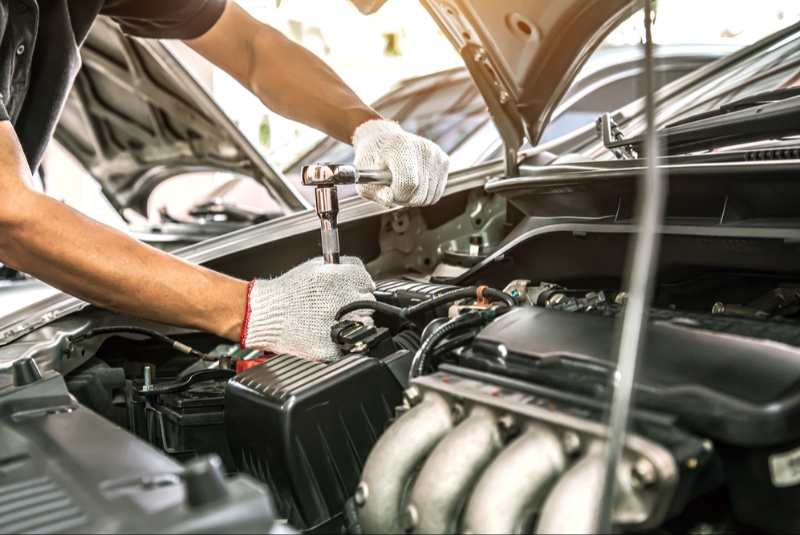Owning a car is often a love-hate relationship. On one hand, a car can bring freedom, convenience, and joy to your life. On the other, it can also bring financial stress in the form of repairs and maintenance. According to a AAA study, the average American spends about $1,186 per year on vehicle repairs and maintenance. Those costs can skyrocket if you're not careful, turning your four-wheeled freedom into a financial burden. But fret not! Here’s your guide on how to save money on car repairs without compromising on quality.
1. Understand Basic Car Mechanics
The first step towards reducing car repair costs is having basic knowledge about your vehicle. You don't need to become a full-fledged mechanic, but understanding essential components like the engine, brakes, and transmission can help you have informed discussions with mechanics. This way, you can avoid unnecessary repairs and expenses.
2. Choose a Reliable Mechanic
Choosing a trustworthy mechanic is crucial. Recommendations from friends or online reviews can be a good starting point. Once you've shortlisted a few, compare their rates for common repairs to see if they are competitive. More importantly, visit them for a minor job first, like an oil change, to gauge their reliability, workmanship, and customer service.
3. Take Advantage of Preventative Maintenance
Remember the old saying, "An ounce of prevention is worth a pound of cure"? This is especially true for car repairs. Regularly checking tire pressure, engine oil levels, and other basic functions can go a long way in preventing major issues down the line.
4. Use Quality Parts, But Be Smart About It
When replacing parts, it's tempting to go for cheaper alternatives. But low-quality parts can cost you more in the long run by wearing out quickly or causing other problems. Instead, consider purchasing certified used parts or quality aftermarket parts which perform as well as new ones but at a fraction of the cost.

5. Second Opinions are Golden
If you're faced with a high-cost repair, don't hesitate to get a second opinion. Prices can vary greatly between mechanics for the same job, and sometimes, the suggested repair might not even be necessary. It's always good to have another set of eyes look at your vehicle to ensure you're not overspending.
6. DIY for the Win
Some basic repairs and maintenance tasks can be easily done at home with a bit of research and the right tools. Tasks like changing the air filter, oil, or spark plugs are usually straightforward and have plenty of tutorials available online. Doing these jobs yourself can save you a lot of money over time.
7. Negotiate Like a Pro
Don't shy away from negotiating the price with your mechanic. If you’ve done your homework, you should have a ballpark figure for the repair cost. Discuss openly, and see if there are any alternatives or package deals. Some mechanics offer discounts for multiple services, so it's worth asking.
8. Know When to Say Goodbye
At some point, the cost of repairs will exceed the value of the car. It's essential to recognize when it's more economical to sell or trade in your vehicle than to keep fixing it. Use resources like the Kelley Blue Book to assess your car's current value and make an informed decision.
9. Leverage Warranties and Insurance
If your car is still under warranty, make sure to utilize it for eligible repairs. Furthermore, some credit cards offer extended warranties for purchases, including car parts. Some auto insurance also covers specific types of repairs, so review your policy to see if you can claim some expenses.
By incorporating these tips into your automotive life, you'll not only save money but also elongate the lifespan of your car. Remember, the goal is not just to spend less but to spend smart. Happy driving and happy saving!




